How Beginner Surfers Progress to Short Boards
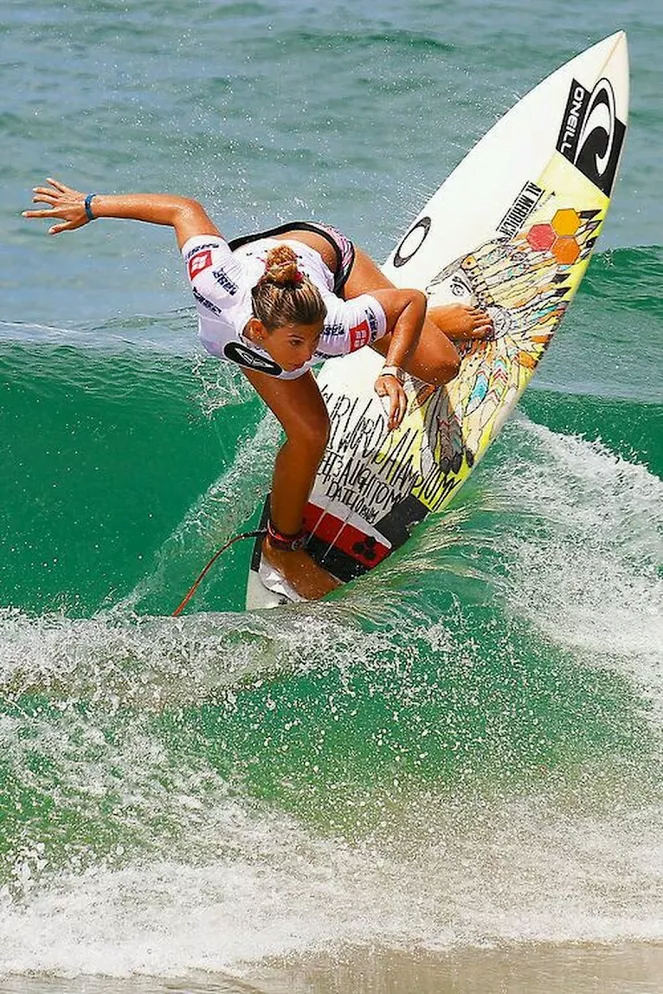
Many new surfers want to know How Beginner Surfers Progress to Short Boards. Beginners start by mastering the fundamentals and riding foam waves on soft top boards. The boards are easy to paddle, catch waves, and are easy to ride.
The process to short boards requires greater skills, better conditioning, and more courage. The surfer must master the pop up so they stick the right stance and can immediately feel the board with their feet. This is because the smaller volume boards are more twitchy and require precision.
Paddling Smaller Boards is More Tiring
Paddling a short board (lower volume) is more difficult because it sinks into the water and requires more effort. If a surfer does not visit the water often to paddle, they will have difficulty developing the necessary stamina. Strength can be increased with push ups and weight work. The muscles need to grow so they can retain more glucose for fuel.
Popping up on a lower volume board riding a real wave requires practice. The beginner rides a foam wave that can be seen for a long ways. The real wave arcs in a few seconds and the surfer needs to be in position. The wave lifts the tail and the surfer must catch it with three hard paddles and execute a perfect pop up.
Sticking the Right Stance is Crucial for Progress
The right stance for beginner/intermediate surfers is what I call pushing the box. The hands are in front as though pushing a tall box and the legs are apart and flexed to push. The surfer wants to avoid what I call snowboarding with a hand trailing and the butt over one rail.
The surfer paddles out to catch bigger foam waves and starts by looking for smaller real waves. Many times on sand bar beaches the waves reform into a smaller wave near the shore. These can be good practice for the beginner.
Catching Corners of Real Waves First
The beginner often aims for the corner which is the pocket after the wave has apexed (foam first comes over top). The surfer aims at a 45 degree angle to the beach as he paddles parallel to the wave and lets the pocket come under the board and continues that 45 degree angle after popping up.
Riding real waves down the face requires more courage. Still on the soft top the surfer might have to angle the board toward the corner so as not to pearl. The the surfer learns to drive the wave, do cut backs, bottom turns, and accelerate in the wave.
Finally, Moving to Smaller Boards
When the surfer can do all these maneuvers, he can consider moving to a hard board that is just 6″ shorter than the soft top if the soft top is 8′ and keeps the width 21+” and thickness 2 3/4″. The surfer should master each reduction in volume (height x width x thickness) before moving to smaller boards. Eventually at 6″10″, he has reached short board status.
More Posts
Oceanside Surf Lessons for Beginners
Beginner Surfers Learn the Pop Up
How to Progress to Surfing the Short Board
For Surf Lessons in Oceanside, see the Home Page
To in surfing shape see my website Get Fit to Surf
See me on Instagram
The Surfing Trilogy combines three books into one E-Book. Learn in one easy to read concise volume how to lose weight, get fit, and learn to surf.
It combines the books: The 3 Week Plan, Get Fit to Surf, and Learn to Surf Guide
Buy the E-Book on Amazon for $6.99
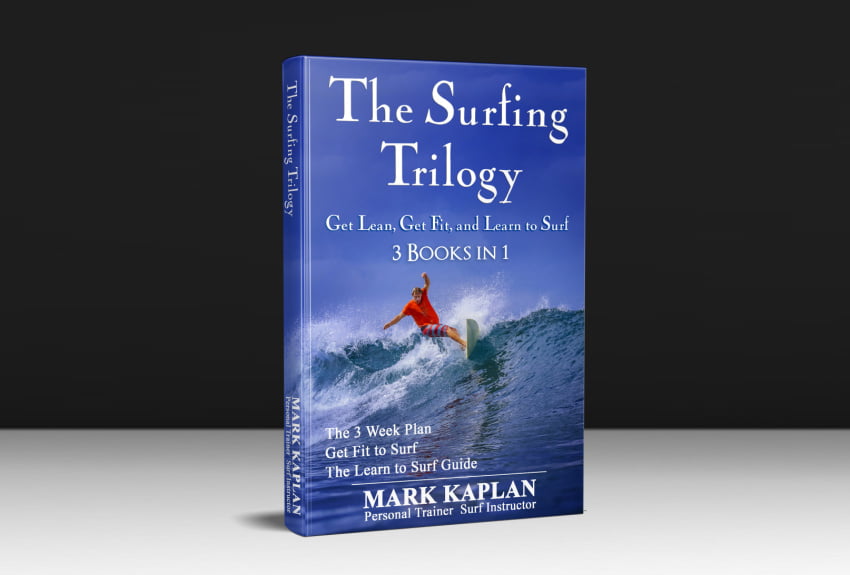
Want to get in great shape for surfing and an improved lifestyle? Start with the Free E-Book The 3 Week Plan. It is the perfect start for getting in great shape and losing weight.
Consider Coaching and the Surf Package the combines Surf Lessons and Fitness Coaching

Learn More
Get my new book Get Fit to Surf
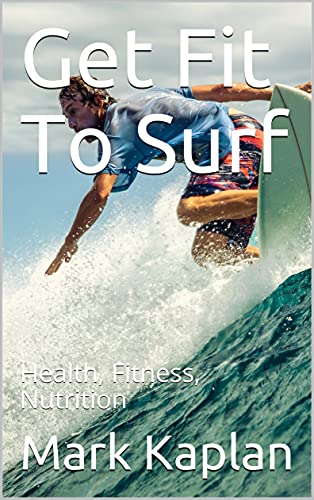
Its time to get back in shape. This book discusses strength, flexibility, stamina, and nutritional needs for getting in shape and losing weight. It is the great guide to get back to fitness for all your recreational desires. If you can surf, you can do most anything.
Buy on Kindle for $2.99 or Paperback on Amazon for $6.95
Get the Learn to Surf Guide Course in Kindle, Paperback or Audio
Get a FREE audio version on Sound Cloud
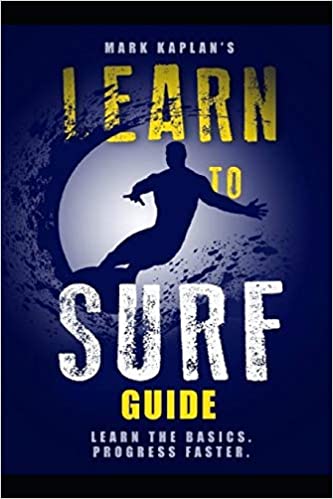
A great 29 page course on the fundamentals of catching waves, doing beginner and advanced pop ups, riding real waves, how to do maneuvers on real waves, which surfboards to ride, and how to progress. Great for lesson preparation, after lesson review, or learning on your own.
Kindle price $2.99 on Amazon. Paperback price $6.95 on Amazon. Audio download price $7.95
Seniors Get Fit to Surf
Description:
Seniors often ask if it is too late to learn to surf. Age is functional not chronological. If people have been exercising and maintaining body strength, surfing can be accomplished. If people have not been exercising, then getting in shape to surf could be a life changing move. Learn how to develop strength, flexibility, and stamina to learn surfing. If you are in surf shape, you could pursue most any recreation.
Buy the E-book on Amazon for $2.99
Buy the Paperback on Amazon for $6.95
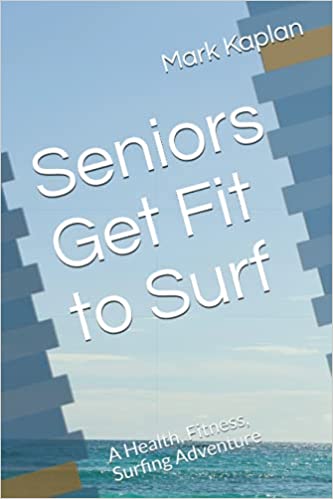
Receive Weekly Active Lifestyle Tips on Nutrition Merchandise, Losing Weight, Getting Fit, Recipes, Meal Plans, Exercise Videos